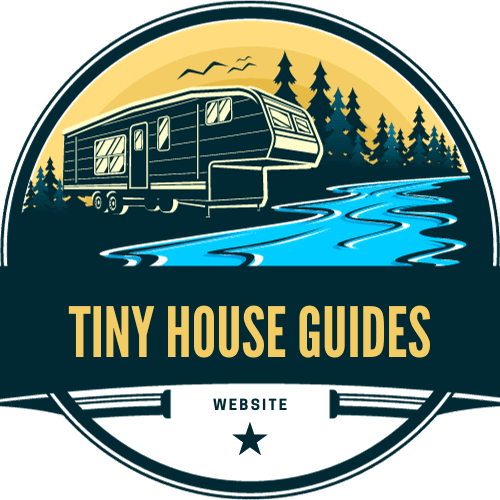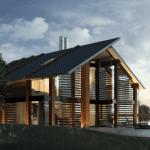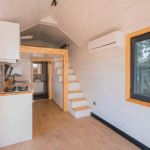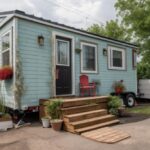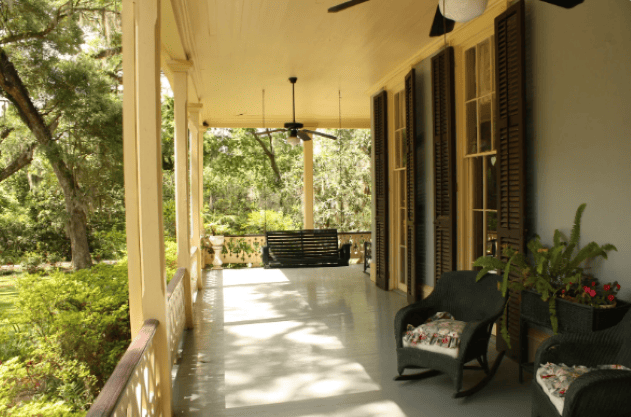
Imagine living in a tiny house – a cozy, compact home that seems to offer a simple and affordable lifestyle. With the rise of minimalism, tiny houses have become a trendy way to live with less. They appear to be a perfect solution for those looking to downsize and save money. But, is tiny house living as cost-effective as it seems? While it presents many benefits, there are hidden costs associated with tiny house living that often go unnoticed. In this article, we’ll uncover these hidden costs to give you a complete picture of what tiny house living truly entails.
Buying or Building a Tiny House
The first cost to consider is the price of the tiny house itself. Whether you buy a pre-built tiny home or choose to build one, the initial investment can be quite significant. Pre-built tiny houses can range from $30,000 to $60,000, depending on the size and features. Building your own tiny house can be cheaper, but it still requires a substantial budget for materials, tools, and possibly hiring professionals for certain tasks.
Land and Location Costs
Owning a tiny house also means finding a place to put it. If you don’t already own land, purchasing a plot can add considerably to your expenses. Even if you plan to park your tiny house in a friend’s backyard or a tiny house community, there may be rental fees or land use agreements to consider.
Utility Connections and Maintenance
Tiny houses may need connections to utilities like water, electricity, and sewage. These connections can be costly, especially if your tiny house is in a remote location. Additionally, maintenance costs, though typically lower than in traditional homes, still exist. Repairs, upgrades, and the upkeep of appliances and fixtures add up over time.
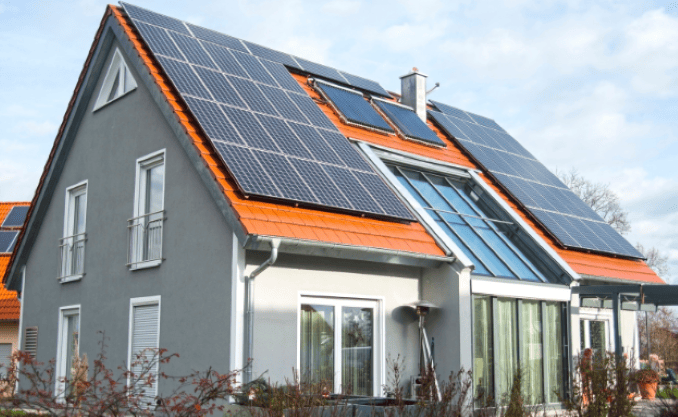
Insurance and Property Taxes
Insuring a tiny house can be more complex and sometimes more expensive than insuring a standard home. The unique nature of tiny houses means not all insurance companies offer coverage, potentially leading to higher premiums. Property taxes, while generally lower than those for traditional homes, still need to be considered in your budget.
Space Limitations
Living in a tiny house means living with less space, which can be a significant adjustment. You may need to invest in multi-functional furniture or custom solutions to maximize your living area. Downsizing possessions also means you might have to spend money on storage solutions or renting a storage unit for items that don’t fit in your home.
Social and Legal Challenges
Tiny house living can come with social and legal hurdles. Zoning laws and building codes vary by location and can restrict where you can place your tiny house. This could lead to additional costs if you need to move your home or face fines for non-compliance. Socially, you may face challenges from neighbors or community members who are unfamiliar with or opposed to tiny house living.
Resale Value and Market Limitations
One often overlooked aspect of tiny house living is the resale value. Unlike traditional homes, tiny houses may not appreciate in value over time. The market for tiny houses is smaller and more niche, which can make it challenging to sell your home for a profit in the future. This is a crucial factor to consider, especially if you view your tiny house as a long-term investment.
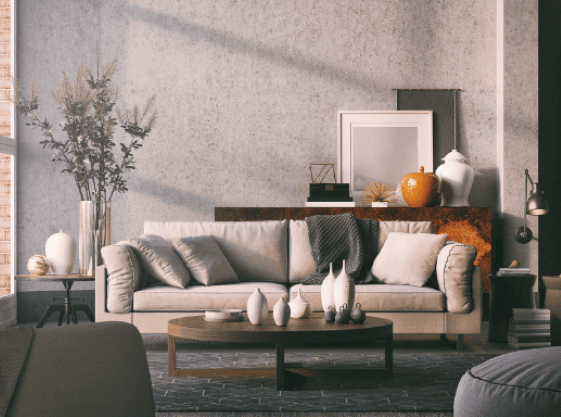
Lifestyle Sacrifices
Living in a tiny house often means making significant lifestyle sacrifices. You might have to give up certain hobbies that require space, like large-scale painting or woodworking. Entertainment options might also be limited, as hosting large gatherings or parties becomes more challenging in a smaller space.
Climate Considerations
The effectiveness and comfort of a tiny house can greatly depend on the climate. In areas with extreme weather conditions, additional insulation, heating, or cooling systems may be necessary, which can increase construction and utility costs. Tiny houses, being smaller, may also be more susceptible to temperature fluctuations.
Conclusion
Tiny house living offers a unique and potentially liberating lifestyle, but it’s not without its costs. From the initial investment in the house and land to ongoing expenses and lifestyle adjustments, there are several hidden costs that potential tiny house dwellers should be aware of. Understanding these costs is crucial to making an informed decision about whether tiny house living is right for you. In the end, while tiny houses can offer simplicity and financial savings, it’s important to look beyond the surface and consider the full picture of what this lifestyle entails.
